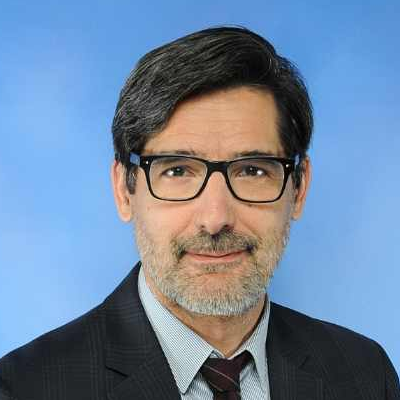Geochronology Applied to Metallogeny and Deposit Studies
A special issue of Geosciences (ISSN 2076-3263).
Deadline for manuscript submissions: closed (30 June 2018) | Viewed by 9724
Special Issue Editor
Interests: geochemical exploration; metallogeny; geostatistics; mineralogy; geochronology
Special Issues, Collections and Topics in MDPI journals
Special Issue Information
Dear Colleagues,
It has been frequently and extensively demonstrated that geochronology has the potential to very significantly contribute to metallogeny and deposit studies by precisely placing the deposit formation within a fast evolving geodynamic context and thus helping elucidate the physical and chemical conditions prevailing at that time, ultimately leading to a much improved understanding of the ore-deposition events.
This Special Issue of Geosciences aims to gather high-quality original research articles or reviews on the topic of Geochronology Applied to Metallogeny and Deposit Studies.
Submissions are invited on geochronology applied to a wide variety of deposit types, from igneous-related to supergene, in a variety of geodynamic contexts, and applying a range of dating techniques (40Ar/39Ar, U/Pb, 207Pb/206Pb, Re/Os, Sm/Nd). Of particular interest are submissions describing innovative analytical techniques, applications, interpretations, or implications. Success stories of dating particularly challenging deposits, such as the very young or containing very low amounts of datable minerals, are also welcome.
Prof. Paul Alexandre
Guest Editor
Manuscript Submission Information
Manuscripts should be submitted online at www.mdpi.com by registering and logging in to this website. Once you are registered, click here to go to the submission form. Manuscripts can be submitted until the deadline. All submissions that pass pre-check are peer-reviewed. Accepted papers will be published continuously in the journal (as soon as accepted) and will be listed together on the special issue website. Research articles, review articles as well as short communications are invited. For planned papers, a title and short abstract (about 100 words) can be sent to the Editorial Office for announcement on this website.
Submitted manuscripts should not have been published previously, nor be under consideration for publication elsewhere (except conference proceedings papers). All manuscripts are thoroughly refereed through a single-blind peer-review process. A guide for authors and other relevant information for submission of manuscripts is available on the Instructions for Authors page. Geosciences is an international peer-reviewed open access monthly journal published by MDPI.
Please visit the Instructions for Authors page before submitting a manuscript. The Article Processing Charge (APC) for publication in this open access journal is 1800 CHF (Swiss Francs). Submitted papers should be well formatted and use good English. Authors may use MDPI's English editing service prior to publication or during author revisions.
Keywords
- Geochronology
- Applied Geochronology
- Metallogeny
- Deposit Studies
- Mineral Exploration
- Economic Geology
- 40Ar/39Ar
- U/Pb
- Re/Os





